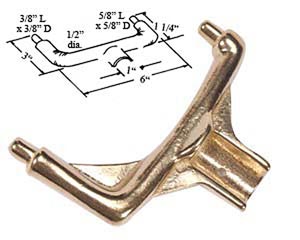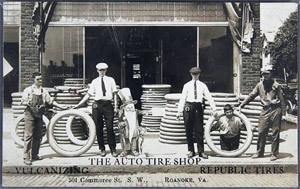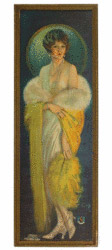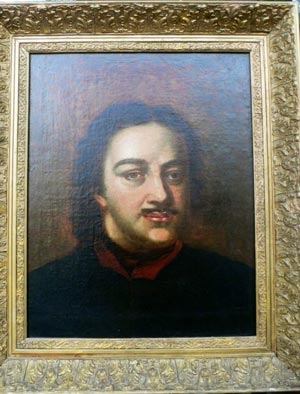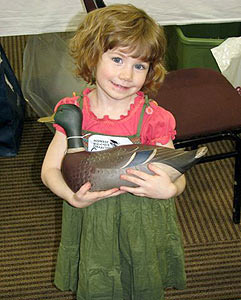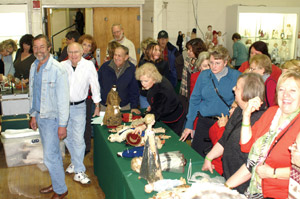
GAITHERSBURG, Md. (ACNI) – One week after learning the tragic news that antique doll authority Richard Wright had died, the revered dealer’s friends and colleagues in the trade banded together to carry on his legacy at the Eastern National Antique Doll Show in Gaithersburg.
“Of course Richard was on everyone’s minds,” said Wright’s close friend Becky Ourant, who co-owns Village Doll & Toy Shop in Adamstown, Pennsylvania. “People took his death personally; it wasn’t just a loss to the profession. But we all made the decision that we had to heal and move on with the business of dolls because that’s absolutely what Richard would have wanted us to do.”
Becky and her husband and business partner, Andy Ourant, joined Wright’s life partner of 11 years, Glenn Stevens; and two of Wright’s longtime employees in stocking and managing the Gaithersburg show booth that Richard had booked.
“When the booth opened, there was immediate interest,” Becky Ourant said. “People knew we would be selling the last doll collection Richard had bought. Even when he was in the hospital before he passed away, he was calling people to let them know he would be coming to Gaithersburg with fresh merchandise.”
The challenge of vetting the dolls for condition and identifying them from Wright’s 28-page inventory list so they could be priced properly fell squarely on Becky Ourant’s shoulders — a task she said she was happy to do. “It made me feel I was doing something to help my friend,” she said.
Business at the Richard Wright booth was nonstop. “There was always a line of people waiting to buy at Richard’s booth at past editions of Gaithersburg, and that spirit continued. The buyers were two and three deep. We did two unpackings, first filling the tables, then the stands. People were piling up what they wanted and we were writing up the receipts later because we were so busy.”
After a lunch break, the second unpacking took place. It was even more competitive than the first go-round, Ourant said. “As we would pull a doll out of a tubbie, we’d announce ‘Heubach’ or whatever type of doll it was. Immediately we’d hear back, ‘Let me see that!’ ‘Clamoring’ was the word for it.”
Ourant said the remainder of dolls from the last collection purchased by Richard Wright will be offered at select upcoming shows, including the April 4-5 NADDA Show in Los Angeles.
On Wednesday, March 4, a private service for Richard Wright’s close friends was held at the Cattermole-Klotzbach Funeral Home in Royersford, Pennsylvania.
“There was a steady stream of visitors,” Ourant said, “from his fellow Antiques Roadshow appraisers including David Rago, Suzanne Perrault, Noel Barrett, and Wes Cowan – who came all the way from Cincinnati – to his non-business friends and local dealers he had known all his life.”
Wright, who was 62, died at home of natural causes after being hospitalized for four days with a virus. A memorial service will be held this spring, with details to be announced at a later date.
Copyright 2009 Auction Central News International. All rights reserved. This material may not be published, broadcast, rewritten, or redistributed.


